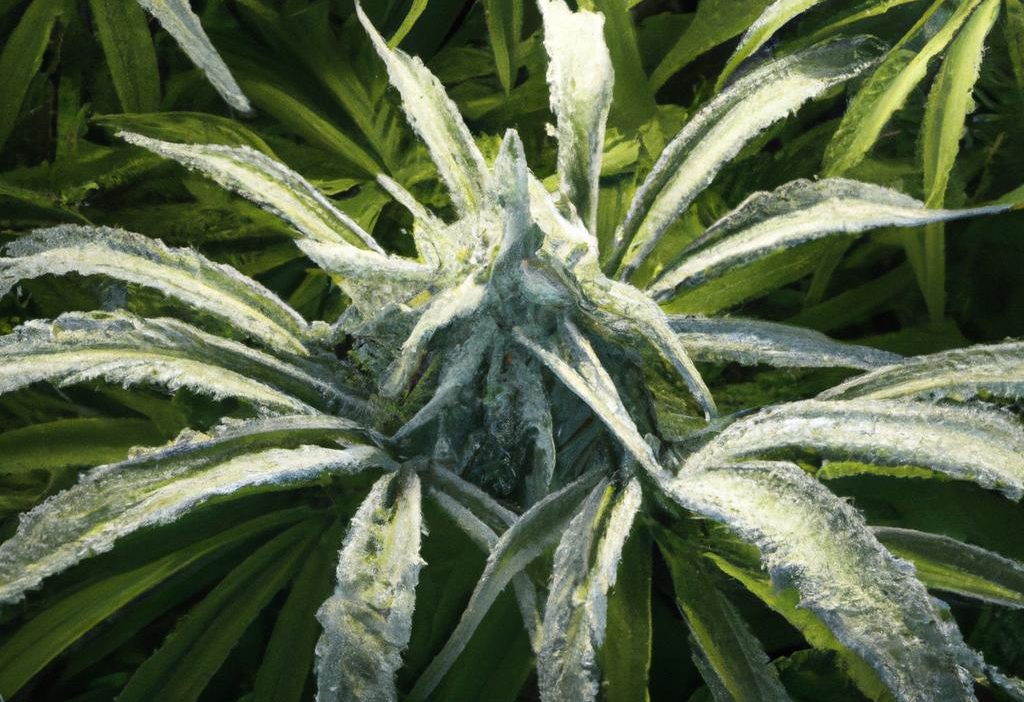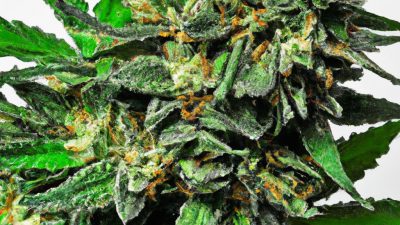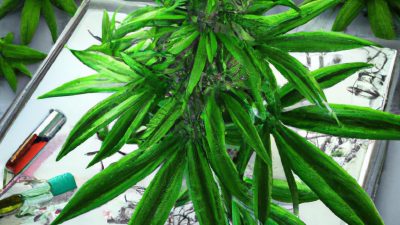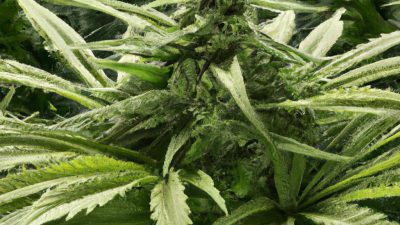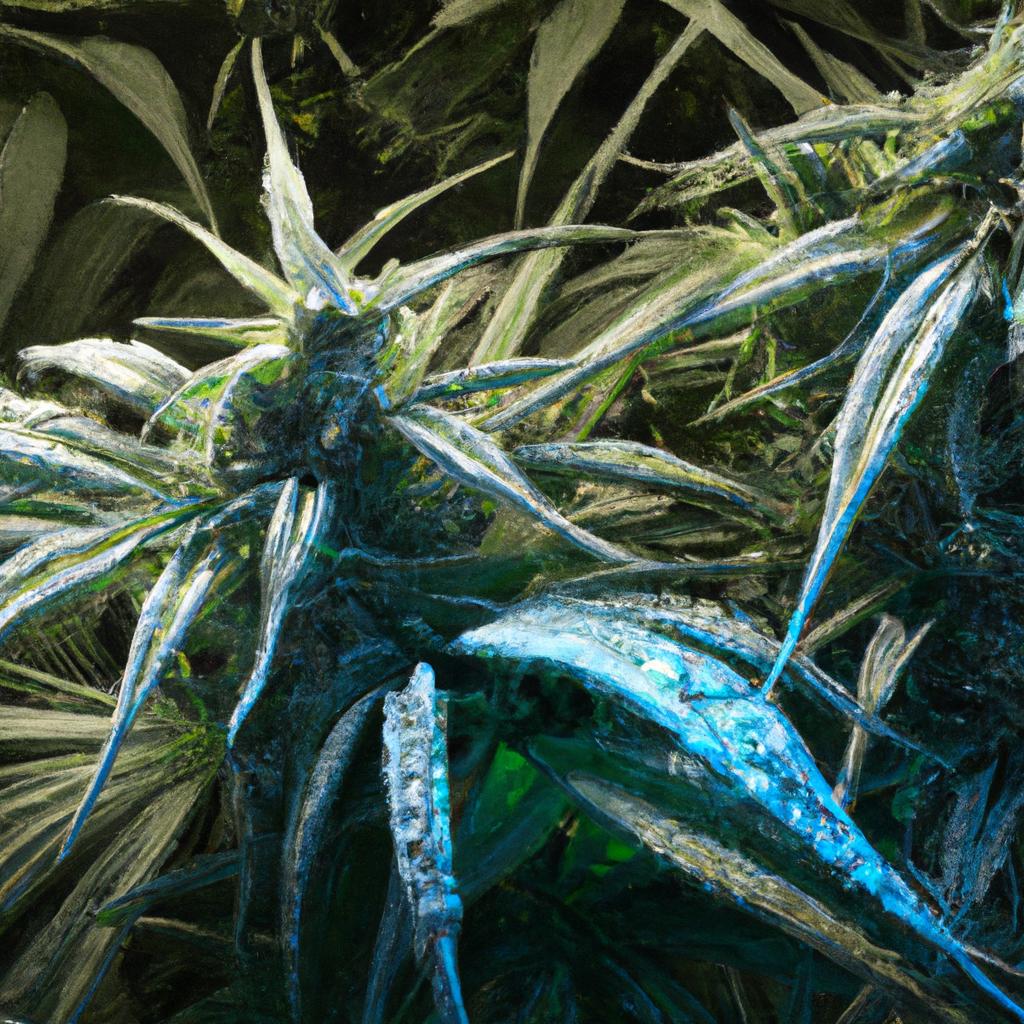
Winterization in Ethanol Extraction: When and Why It’s Needed
The cannabis industry is constantly evolving with innovations in extraction techniques aimed at producing cleaner, more potent concentrates. One critical step in many cannabis ethanol extraction workflows is winterization. But what exactly is winterization,when should it be performed,and why is it so essential for improving the quality of cannabis extracts? This article explores the role of winterization in ethanol extraction and how it fits into the broader sphere of cannabis processing and science.
Understanding Ethanol Extraction in Cannabis Processing
Ethanol extraction is a widely used method for isolating cannabinoids and terpenes from cannabis biomass. This technique involves soaking the plant material with food-grade ethanol to dissolve the active compounds. Once the solution is separated from the solid plant matter, it contains a rich mixture of cannabinoids like THC and CBD, along with waxes, fats, lipids, chlorophyll, and other undesirable components.
While ethanol extraction is efficient and scalable, the raw extract obtained often requires additional refinement to remove unwanted compounds. This is where winterization becomes a vital part of the post-processing chain.
What Is Winterization?
Winterization is the process of purifying ethanol extracts by removing non-polar contaminants such as waxes, fats, lipids, and chlorophyll through cold temperature separation. The name “winterization” comes from the practice of chilling the extract in a freezer (often around -20°C or lower) for a period of time. Chilling causes these impurities to solidify and precipitate out of the solution, allowing them to be filtered or separated from the valuable cannabinoids.
Key Steps in Winterization
- Dilution: The crude cannabis extract is diluted with ethanol to increase solubility and facilitate better impurity separation.
- Freezing: The diluted extract is stored at sub-zero temperatures (typically -20°C to -40°C) for 24-72 hours.
- Filtration: Solidified waxes and fats are filtered out using vacuum filters or fine mesh filter papers.
- Evaporation: The filtered ethanol is evaporated off, yielding a winterized, purified cannabis concentrate.
When Is Winterization Needed in Ethanol Extraction?
Not all cannabis extracts require winterization – the necessity depends on the extraction goal, feedstock quality, and end-product specifications.
Situations That Call for Winterization:
- Extracts from High-Wax Biomass: Cannabis strains or trim material high in lipids and waxes almost always require winterization to remove these contaminants.
- Producing Vape-Ready or Dabbing Products: Winterization improves clarity, flavor, and smoothness, making concentrates appealing for vaporization and dabbing.
- Targeting Distillate or Isolate Feedstock: Winterization before distillation helps protect distillation equipment from fouling and increases cannabinoid purity.
- Avoiding Chlorophyll Taste and Color: ethanol can extract chlorophyll, imparting a grassy flavor and dark color; winterization helps reduce these compounds.
- Meeting Regulatory and Consumer Standards: Many markets require clean,residue-free concentrates,making winterization essential for compliance.
When Winterization Might not Be Necessary:
- Hydrocarbon Extraction Approaches: Methods like butane or propane extraction often yield less waxy extracts that need minimal winterization.
- Cold Ethanol Short Soaks: Some producers implement rapid, cold ethanol rinses that partially winterize during extraction itself.
- Raw Extraction for Specific Applications: Certain full-spectrum or raw cannabis extracts purposely retain waxes and lipids for specific therapeutic or flavor profiles.
Why Is Winterization Important? Benefits and Practical Tips
| Benefits of Winterization | Practical Tips for Effective Winterization |
|---|---|
| Improves cannabinoid purity by removing lipids and waxes | Use high proof, food-grade ethanol (95% or higher) for dilution |
| Enhances flavor and aroma by reducing chlorophyll and other off-flavors | Maintain consistent freezing temperatures for at least 48 hours |
| Prevents clogging and damage to vaping hardware | Use appropriate filter media (cellulose or PTFE) for wax separation |
| Produces a visually clearer and more appealing concentrate | Ensure proper filtration under vacuum to speed up process |
| Reduces bitterness and harshness in the final product | Allow ethanol to fully evaporate post-winterization for pure extract |
Winterization in the Larger Context of Cannabis Extraction Technology
Winterization fits into a multi-step cannabis extraction and refinement workflow, crucial for producing high-quality concentrates that meet consumer expectations and regulatory requirements.
Typical Ethanol extraction & Winterization Workflow:
- Grinding: Prepare cannabis biomass for extraction by milling it to increase surface area.
- ethanol Extraction: Perform solvent soak to dissolve cannabinoids and terpenes.
- Filtration & Concentration: Remove plant matter and reduce volume by evaporating ethanol.
- Winterization: Chill and filter to remove waxes and lipids.
- Distillation or Formulation: Further concentrate or formulate the final product.
Skipping the winterization step may result in inferior product stability, undesirable taste, lower cannabinoid purity, and challenges during later refinement.
Case Study: Improving Vape Oil Quality through Winterization
A mid-sized cannabis processor reporting high customer complaints about harsh taste and clogging in vape cartridges implemented winterization after initial ethanol extraction. by diluting the crude extract with 2x volume of ethanol and freezing at -20°C for 48 hours, their filtration removed over 90% of waxes and chlorophyll. This led to:
- Smoother vape experience with less throat irritation
- Cleaner, lighter colored oil appealing to customers
- Reduced cartridge failures and maintenance costs
This case highlights how winterization is not just a lab step but a practical solution to enhance cannabis product marketability and user satisfaction.
Conclusion
Winterization is a fundamental post-processing step in ethanol extraction of cannabis. It improves the purity, taste, appearance, and stability of cannabis concentrates by effectively removing waxes, lipids, and chlorophyll. For producers focused on vape oils, distillates, or any refined cannabis products, understanding when and why winterization is needed can dramatically elevate product quality and compliance. as the cannabis industry continues to innovate, mastering winterization and other advanced extraction techniques will remain paramount for businesses committed to excellence in cannabis science and technology.


